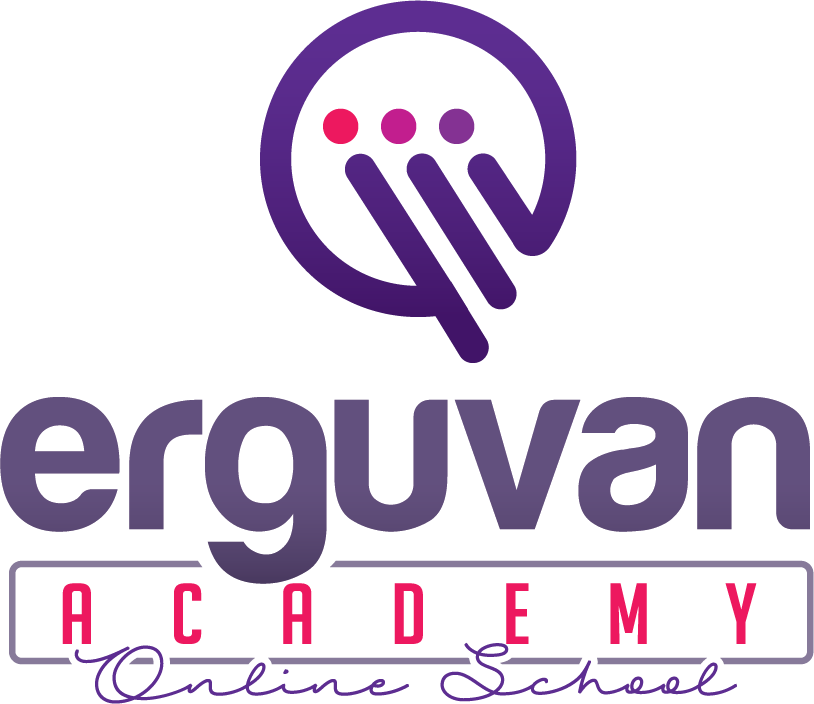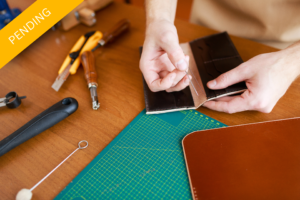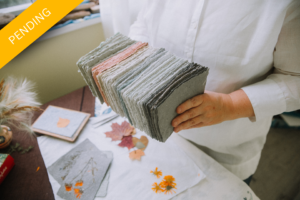Paper Making
Papermaking is an ancient craft and art form. In this course, you will step into the world of handmade paper by learning to produce your own sheets using natural fibers, recycled materials, and traditional techniques.
Combining both classical and contemporary papermaking methods, this course provides a comprehensive education on paper production, decoration, and its integration into art projects.
The only essentials you need: water, cellulose, and a bit of patience!
Details
Duration: 6 Weeks
Level: Beginner – Intermediate
Format: Hands-on lessons, guided exercises, historical analysis, and final project
About the course
Papermaking is an ancient craft and art form. In this course, you will step into the world of handmade paper by learning to produce your own sheets using natural fibers, recycled materials, and traditional techniques.
Combining both classical and contemporary papermaking methods, this course provides a comprehensive education on paper production, decoration, and its integration into art projects.
The only essentials you need: water, cellulose, and a bit of patience!
Key Points
In this course, you will:
- History and fundamentals of papermaking
- Creating paper from plant-based and recycled materials
- Techniques for forming sheets using a mold and deckle
- Paper decoration methods: color, texture, and printing techniques
- Applications in bookbinding, art projects, and packaging design
- Final project: Creating your own handmade paper collection
Required Materials
1. Pulp & Fiber Sources:
- Recycled paper (newspaper, magazines, old book pages, egg cartons)
- Cellulose fibers (cotton, linen, bamboo, abaca, kozo)
- Plant-based fibers (tea leaves, grass, flower petals)
2. Tools & Equipment:
- Mold & Deckle – to shape paper sheets
- Large plastic or wooden vat – for preparing and draining pulp
- Blender or hand mixer – for breaking down paper into pulp
- Strainer and fine cheesecloth – for draining excess water
- Pressing board or rolling pin – to remove excess moisture
- Sponges – to absorb excess water
- Heavy books or press board – to flatten and dry paper
- Felt or drying cloth – for proper drying
3. Coloring & Decorative Materials:
- Natural dyes (turmeric, beetroot, coffee, tea, onion skins)
- Acrylic or watercolor paints – for added color
- Dried flowers and leaves – for texture and patterns
- Metallic foil (gold, silver) – for traditional embellishment
- Stamps and printing blocks – for creating patterns
4. Additional Materials for Special Techniques:
- Japanese glue (for Washi-style paper)
- Fine wire or twine (for bookbinding)
- Wax or beeswax (for waterproofing paper)
- Brushes and spatulas (for spreading pulp and making designs)
Course Lessons
Topics:
- History of paper: Development in China, the Middle East, and Europe
- Traditional vs. modern papermaking techniques
- Introduction to essential materials: fiber sources, mold & deckle, water vat, pressing tools
Practical Activity:
- Preparing your first paper pulp and understanding basic materials
Topics:
- Using cotton, linen, bamboo, and other plant fibers
- Breaking down cellulose in water and preparing the pulp
Practical Activity:
- Producing paper from different fibers and exploring drying techniques
Topics:
- Coloring with natural dyes and botanical pigments
- Adding texture using flowers, leaves, and thread
Practical Activity:
- Creating colored and textured paper using various techniques
Topics:
- How to refine paper for writing and printmaking
- Introduction to monoprint, linocut, and woodblock printing on handmade paper
Practical Activity:
- Creating paper suitable for calligraphy and printmaking
Topics:
- Folding, binding, and crafting handmade notebooks
- Exploring Japanese bookbinding and historical manuscript papers
Practical Activity:
- Creating a small handmade notebook or an artist’s book
Topics:
- Students will design their own collection using their preferred techniques
- Combining traditional and modern papermaking methods to create a unique body of work
Final Project:
- Crafting a personal handmade paper collection using various techniques
Additional Resources
Bonus Materials:
- Step-by-step papermaking guides
- Recommended books and references
- Archives of professional paper artists for inspiration
Community Access:
- Private student group for art discussions and critiques
Instructors
Instructor To Be Determined
Check back soon!
Features
- Live lessons available as recordings
- 1 month access after course ends
- Google Classroom
- Certificate of completion
Related courses
Book – Notebook Binding
This course is designed to teach the fundamental techniques of handmade notebook binding. Each week, you will focus on a different stage of the bookbinding...
Visit Course PagePaper Making
Papermaking is an ancient craft and art form. In this course, you will step into the world of handmade paper by learning to produce your...
Visit Course Page


